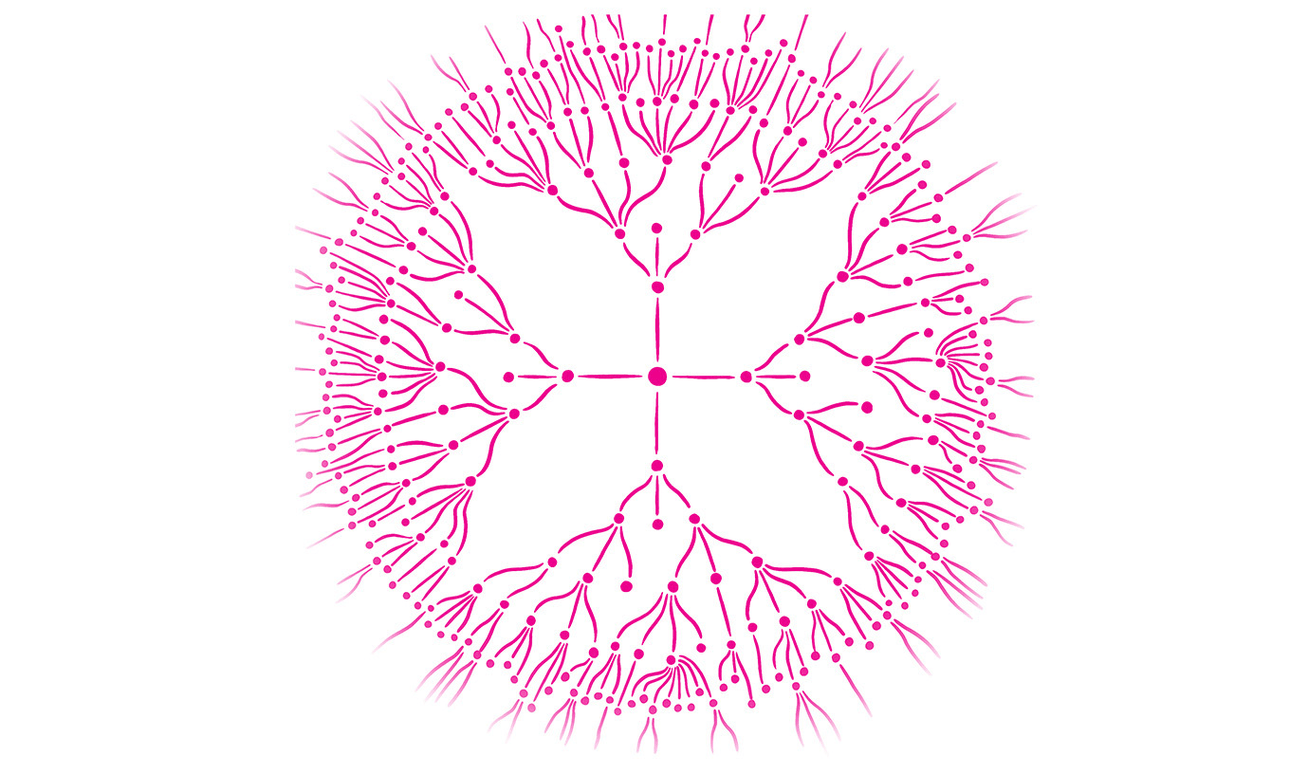Speed is of the essence when breaking any chains of transmission, and that’s where contact tracing apps come in.
The Spinoff’s coverage of Covid-19 is funded by Spinoff Members. To support this work, join Spinoff Members here.
As Aotearoa New Zealand celebrated another day with no new cases of Covid-19 on Thursday, the Johns Hopkins global tracker hit five million confirmed cases of the disease worldwide. It’s depressing to think that number is almost certainly an underestimate.
But here we are in alert level two, and that means getting used to a weird kind of new normal. A normal where we scan QR codes to get into cafes and keep notes of where we’ve been and who we’ve been with. It’s all to help with contact tracing, in case we end up getting the virus or being a close contact of someone with the virus.
Now that we’re out of lockdown, contact tracing is a crucial part of one strategy to keep us safe from Covid-19. That strategy involves widespread testing, contact tracing to identify all close contacts of confirmed cases, and isolation of those close contacts and confirmed cases to break any chains of transmission. This is our new normal, at least for the foreseeable future.
As I’ve written about before, speed is of the essence when it comes to breaking those chains of transmission. That’s why it’s so important people get tested if they have any symptoms that could be Covid-19. But the speed at which contact tracing teams can make contact with any potentially infected person is also crucial, and that’s where contact tracing apps come in.
Centralised versus decentralised contact tracing apps
Contact tracing apps fall into two main models which differ in the way they store your information. “Centralised” apps take the information pushed out or collected by your device and send it to a central store. This could be information about where you’ve been and when, as well as what other devices you were near at the time. Around the world, there are massive concerns about how that data could be used. Would it only be used for contact tracing purposes, or could it be passed on to the police, immigration or employers? This is one reason why countries that have gone down this route have seen fairly low uptake of the apps.
The alternative “decentralised” apps store all the information about where you’ve been and when on your device. If someone tests positive for Covid-19 and it turns out they were at the same place as you at the same time, your device will be pinged to let you know you’ve potentially been exposed to the virus and ask you to contact health officials. The difference here is that those health officials (or anyone else for that matter) don’t know who you are until you get in touch and let them know your device was pinged.
New phone, who this?
A few days ago, the Ministry of Health released its NZ COVID Tracer app. The first version of the app isn’t much more than a digital diary which simply keeps a record of any QR codes you’ve scanned that are compatible with the system. Apparently, an update will be released next month that will allow you to electronically transmit that diary to the National Close Contact Service – our contact tracing HQ. Also in that update will be the ability for the app to ping you if you’ve potentially been exposed to the virus. Another handy feature will be the ability to self-report symptoms if you think you may have Covid-19.
But even without that update, the NZ COVID Tracer app has one real use right now which is to help the National Close Contact Service get up to date contact details from us all. As I’ve said, speed is of the essence with contact tracing. While almost all of us are enrolled with our national health service and have a National Health Index (NHI) number, only 70% of us have a phone number attached to it. That means the rest of us don’t which will slow down our contact tracers if they need to get in touch with us. The first thing the NZ COVID Tracer app asks us to do when we register is to provide it with some up-to-date contact information. The more of us provide that information, the more effective our contact tracing efforts will be.



